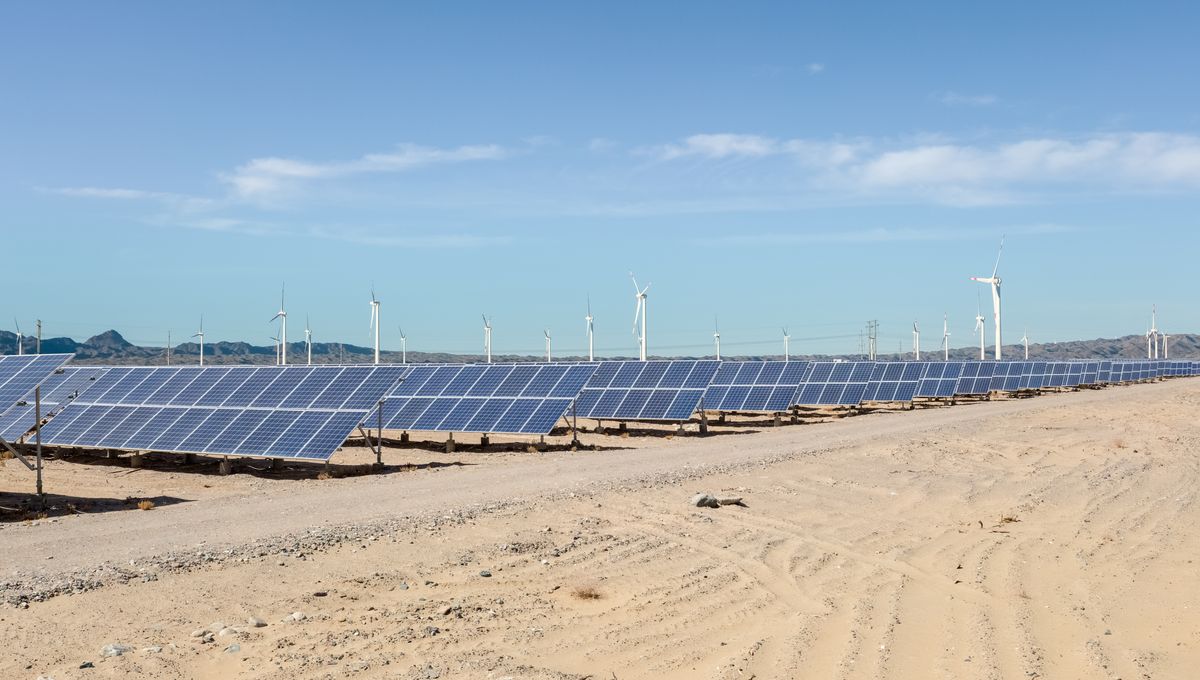
The world’s biggest solar plant has come online, according to Chinese media. Covering 13,333 hectares (32,947 acres) in the desert of northwest Xinjiang and capable of powering a small country on its own, the facility was reportedly connected to the grid on Monday.
Located in a desert area of Ürümqi, capital of the famously troubled Xinjiang Uyghur Autonomous Region in Northwestern China, the 3.5-gigawatt-capacity plant is slated to generate about 6.09 billion kilowatt hours (kWh) of electricity each year. That’s enough to single-handedly power a country like Cameroon or Laos, or fulfill the entire electrical demand of Vermont or Alaska.
The installation comes amid a surge of investment into renewable energy in the country – one that the International Energy Agency (IEA) recently described as “extraordinary”.
“In 2023, China commissioned as much solar PV as the entire world did in 2022,” the agency pointed out in its Renewables 2023 report back in January.
That’s good news for anyone who likes not living in an uninhabitable post-climate-apocalypse world: currently, China is also far and away the largest contributor of carbon emissions from fossil fuels and industry. That’s largely driven by its huge population – per person, the US is worse for the environment – but it’s still enough to outstrip the entire rest of the developed world combined.
Lately, though, there have been signs that China’s carbon emissions might have peaked. Levels fell for the first time in 14 months back in March according to an analysis by Carbon Brief, reports The Economist, and the same was likely true in April. While it’s still too early to call it for sure, experts have long been convinced that the country will at least meet its stated goal of an emissions peak no later than 2030.
“By 2030 […] almost half of China’s electricity generation will come from renewable energy sources,” predicted the IEA. That’s largely driven by the country’s ever-accelerating development of wind and solar farms: indeed, even before the deployment of this new solar mega-plant, the two largest operational facilities were already located in western China.
It’s a popular base for such projects. Sparsely populated, with ample sun and wind in the area, the Xinjiang region has become something of a hub for renewable energy production in the country – though it’s certainly not lost its reputation for the rich oil and mineral resources it also houses.
Perhaps, though, it’ll be the renewable plants that finally win out. After all, China has repeatedly resolved to reach net-zero emissions by 2060 – a target which is impossible without strong investment in renewables. If the latest news and figures are to be believed, the country might just pull it off.
“This major strategic decision [reaching net-zero] is made based on our sense of responsibility to build a community with a shared future for mankind,” President Xi said back in 2021, while attending a US-organized climate summit. “And our own need to secure sustainable development.”
Source Link: The Largest Solar Power Plant In The World Just Got Switched On